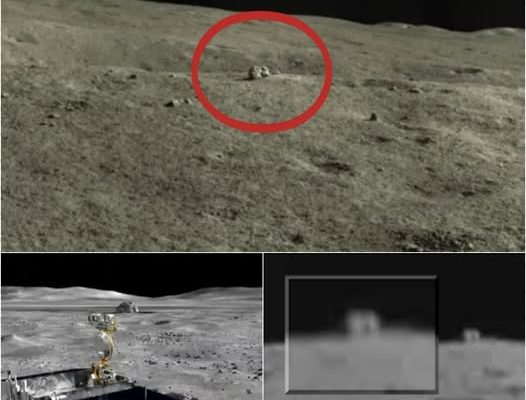Humanity’s relentless quest to explore the unknown has taken us from uncharted seas to the cosmic frontier, with technology as our only boundary. While the United States etched its name in history by landing humans on the moon, China has now claimed a historic milestone of its own: becoming the first nation to touch down on the moon’s enigmatic far side. There, in the desolate expanse of the Von Kármán crater, China’s Yutu 2 rover has stumbled upon a baffling discovery—a cube-shaped anomaly dubbed the “Alien Shack.”
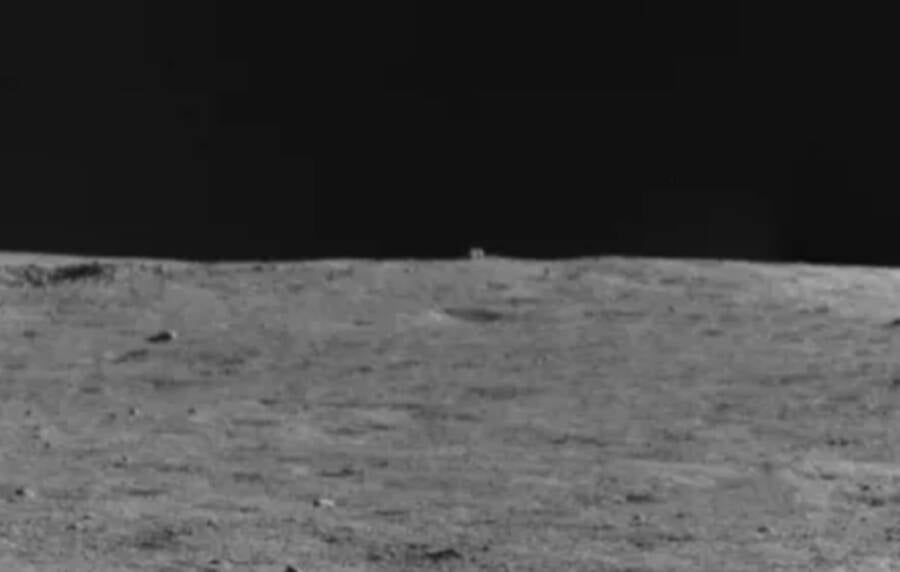
In October 2021, as the solar-powered Yutu 2 rover traversed the rugged lunar terrain, its panoramic cameras captured something extraordinary: a stark, geometric structure protruding from the moon’s otherwise uniform horizon. Spotted 260 feet away on the 36th lunar day of its mission, this peculiar object—nicknamed a “mystery hut” by China’s National Space Administration—sparked global intrigue. Announced on December 3, 2021, through the agency’s “Our Space” outreach program, the find ignited both scientific curiosity and playful speculation.
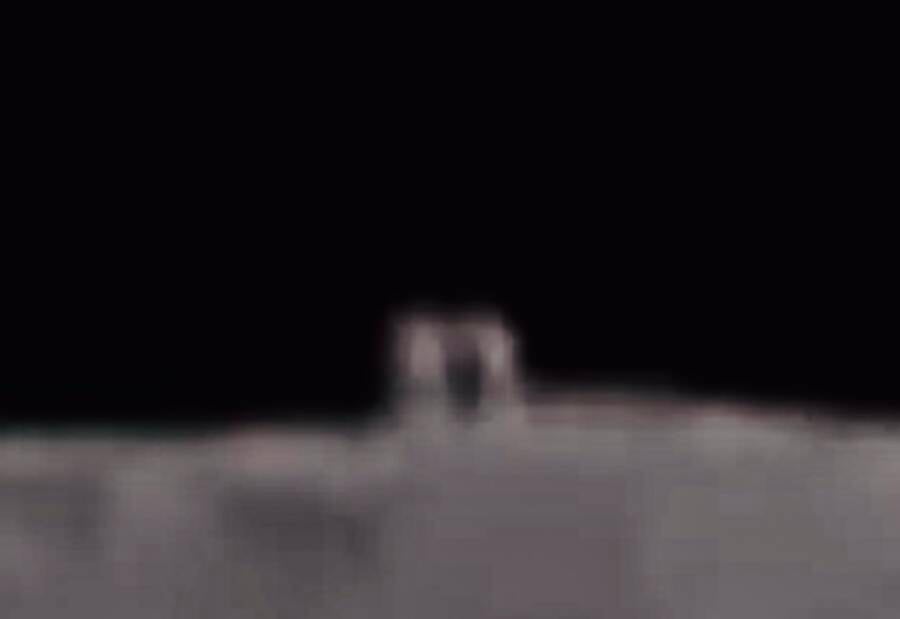
“Is it a dwelling built by aliens after a crash landing?” the announcement teased. “Or perhaps a pioneer spacecraft from an ancient lunar civilization?” While scientists dismiss extraterrestrial origins, the object’s unusual shape has fueled imaginations worldwide.
Launched aboard the Chang’e 4 lander in January 2019, Yutu 2 has been a trailblazer on the moon’s far side, a region shrouded in mystery since it never faces Earth. Equipped with ground-penetrating radar and high-resolution cameras, the rover has spent over 1,000 Earth days exploring, surpassing the Soviet Union’s Lunokhod 1 record of 321 days. Its latest discovery, made on October 29, 2021, has redirected its mission: Yutu 2 is now inching toward the “Alien Shack” to unravel its secrets.
The journey, however, is slow. Powered solely by solar energy, the rover must pause when the sun is directly overhead to avoid overheating and hibernate during the lunar night when darkness engulfs the surface. Scientists estimate it will take two to three months for Yutu 2 to reach the object, but experts are already piecing together clues.
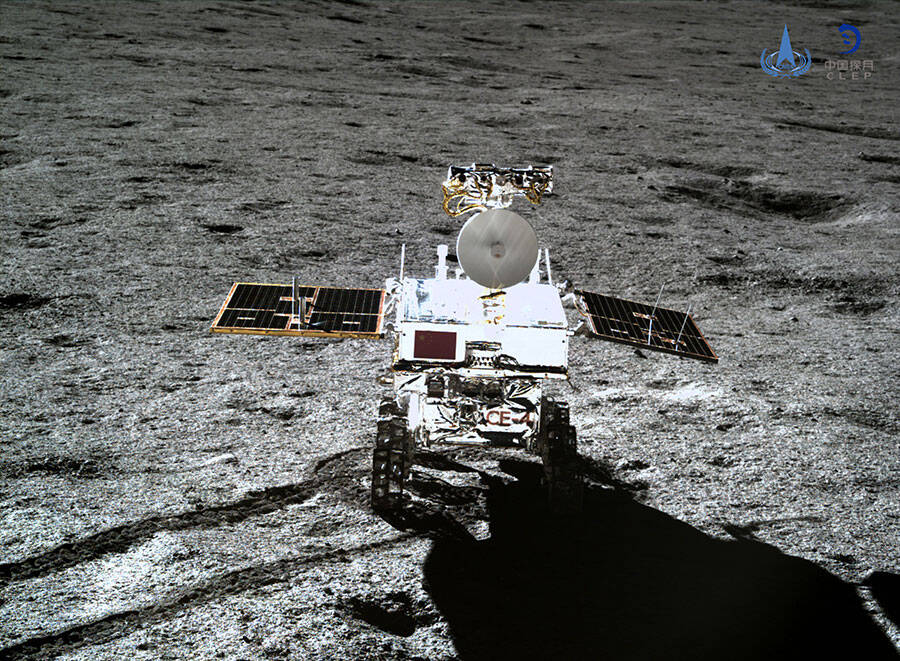
The “Alien Shack” sits near a large impact crater, leading many to hypothesize it’s not a structure at all but a massive boulder, likely excavated by a meteoric collision. The moon’s far side, pockmarked by craters, is no stranger to such geological oddities. Past discoveries by Yutu 2 support this theory. In August 2019, the rover encountered a “gel-like” substance that turned out to be glassy material formed by a meteorite impact less than a million years ago, according to Nature Astronomy. In February 2021, it found elongated rock shards dubbed “milestone,” also born from an impact event.
Yet, the cube’s distinct shape sets it apart, leaving room for speculation until Yutu 2’s cameras and radar can provide a closer look. The rover’s advanced instruments have already proven their worth, capturing stunning images and using magnetic wave reflections to map the moon’s subsurface layers. These tools have painted a vivid picture of a region unseen by human eyes until the Soviet Luna 3 spacecraft glimpsed it in 1959.
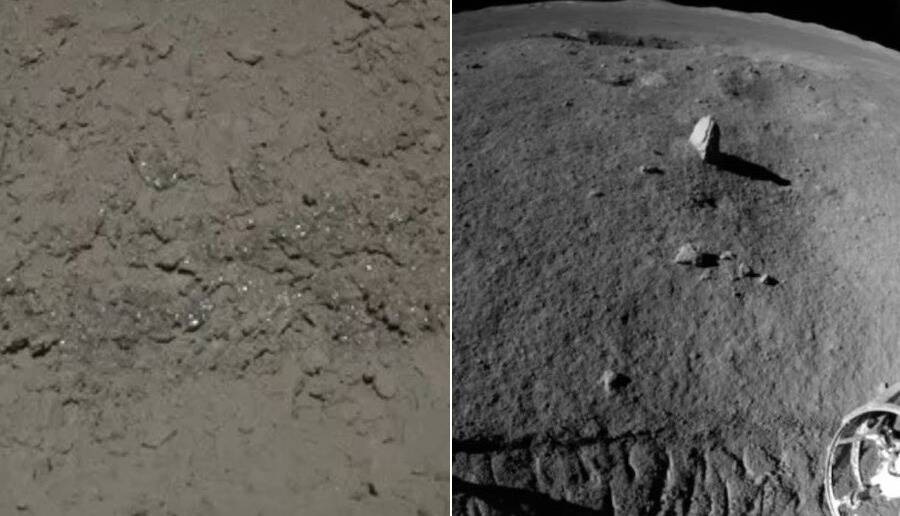
As Yutu 2 continues its 37th lunar day, the anticipation builds. Will the “Alien Shack” reveal itself as a geological quirk or something more extraordinary? For now, it stands as a testament to the moon’s enduring mysteries and humanity’s unyielding drive to explore them. With close-up images expected around the turn of the year, the world awaits answers from the far side of the moon—where every discovery pushes the boundaries of what we believe is possible.
